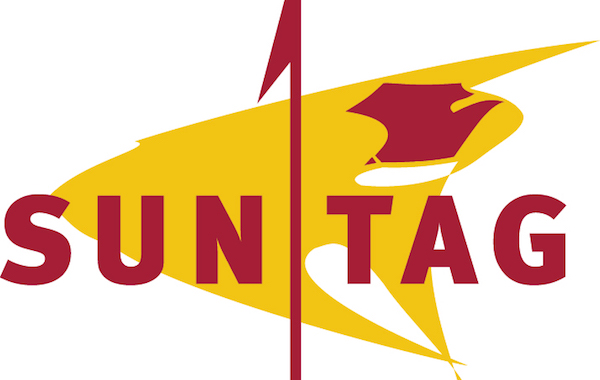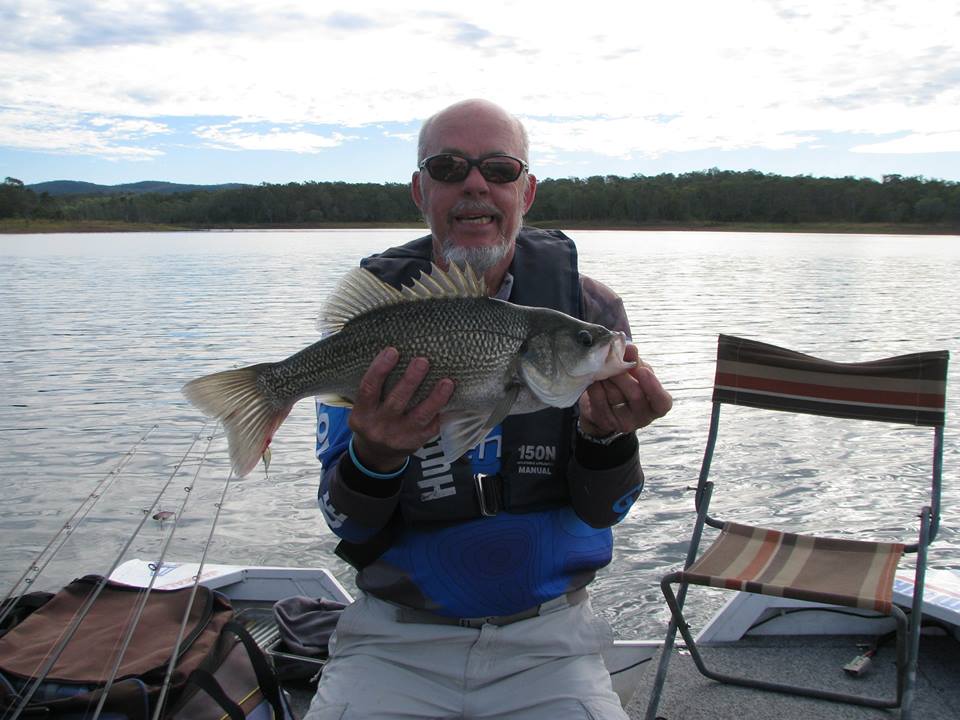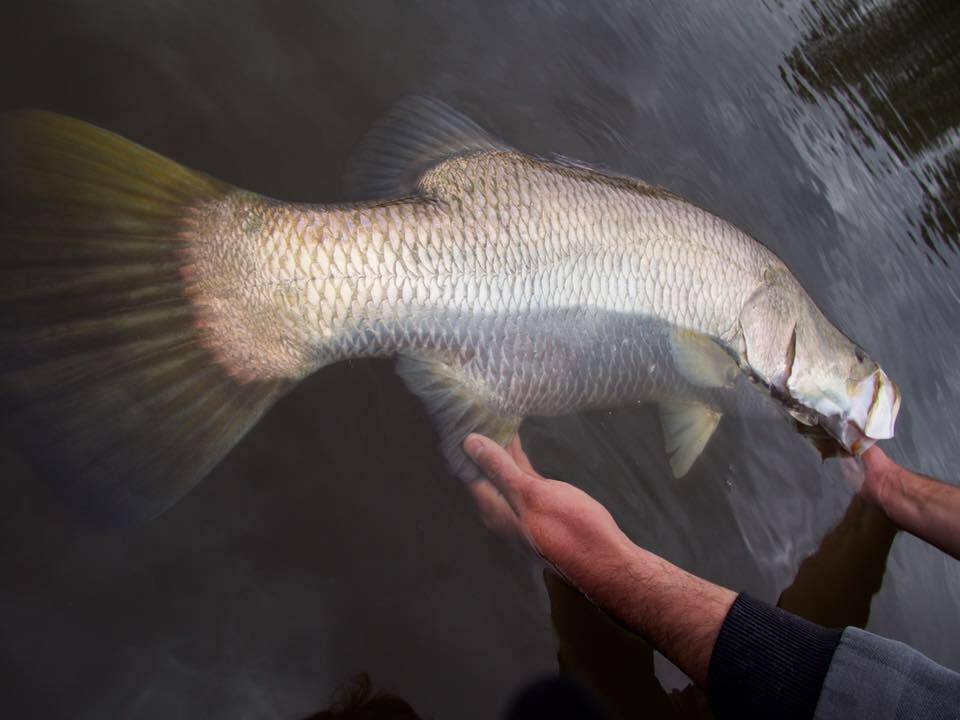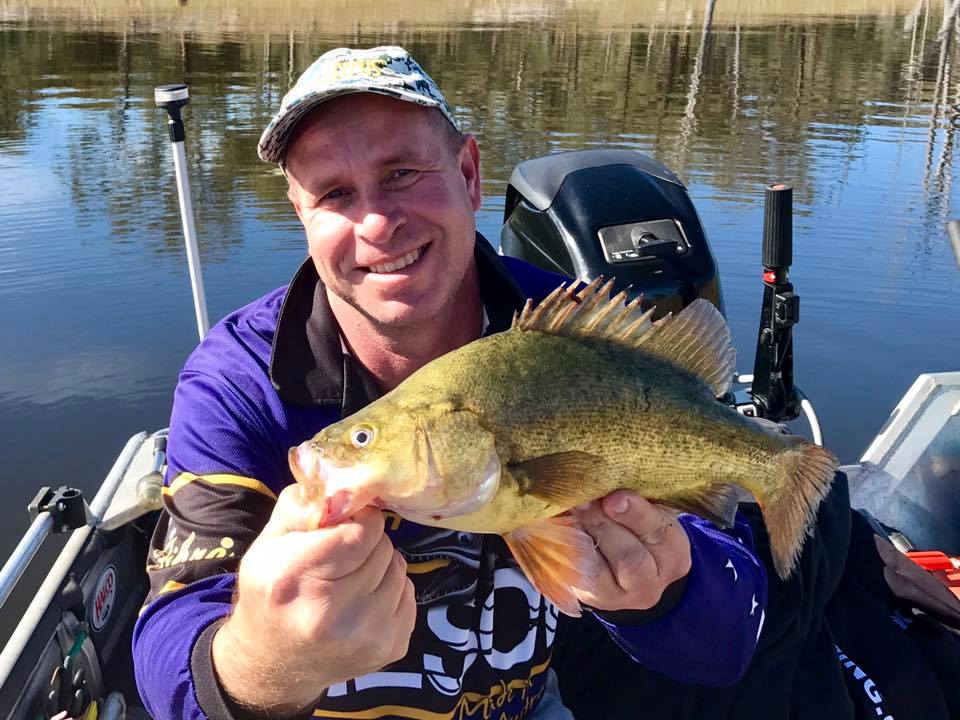Download The Report
Targets for 2019-20
1. Tag 20,000 fish
2. Record 1,500 recaptures
3. Registered taggers in range of 400-500
4. Upgrade database
5. Information distribution through 20-25 dashboards
Impact of COVID-19
It is important to understand the impact of Covid-19 on the economy and society however
there are very few objective ways to measure its impact on recreational fishing. Soon after the
start of the pandemic Infofish Australia used the recapture of tagged fish as a random sample of
the fishing population to see if it was possible to detect changes in fishing effort and fisher
behaviour.
The number of recaptures is correlated to fishing effort and the number of deployed tags while
behaviour is related to the distance travelled to go fishing. The actual distance travelled was
unknown so the distance from the fisherâs address or postcode to the recapture location was used.
In order to see if there were differences in the impact in different regions a number of areas were
selected for monitoring. These were:
⢠Statewide
⢠SEQ estuaries (Sunshine Coast to Gold Coast)
⢠SEQ Bass impoundments (adjacent to SEQ)
⢠Fitzroy River (regional estuary)
⢠Barramundi impoundment (Lake Awoonga)
Dashboards covering these areas were compiled and distributed monthly. Initial feedback was
positive, and this work was then absorbed into a broader Covid-19 project funded by the Fisheries
Research and Development Corporation (FRDC) and Recfishing Research. At the end of 2020 a
review was undertaken comparing 2020 with 2019. This was widely distributed to key
organisation, fishing groups and individuals that would benefit from having the information. Again,
the feedback was positive both in terms of the information provided and the format for presenting
the data.
A summary of the comparison between 2020 and 2019 is provided and the complete
dashboards were provided to Fisheries Queensland. This will continue to be monitored in
2021 as there are likely to be further impacts from Covid-19.
Assisting Stocking Groups
The responsibility for monitoring of stocked impoundments has shifted from Fisheries
Queensland to stocking groups. Infofish Australia is working with Suntag and FFSAQ to provide
basic information from tagging and other sources to assist stocking groups in better
understanding their impoundments and their stocking regimes.
Crystal Bowl dashboards are being developed for as many impoundments as possible that
have a history of tagging data. Initially this was for 6 Bass impoundments providing a 10 year
timeline of tagging and recaptures, catch rates, size distribution, growth, survival, movement,
tag locations and recapture postcodes (indicating where fishers are coming from). This has
now been extended to include Golden Perch and other impoundments where sufficient data
are available.
As with the Covid-19, a 2020 review covering impoundments with sufficient data over the past
10 years is underway and will be completed shortly. One dashboard has a summary
comparing 6 Bass and Golden Perch lakes in SEQ. These are:
⢠Advancetown (Hinze)
⢠Maroon
⢠Moogerah
⢠Wivenhoe
⢠Somerset
⢠Borumba





